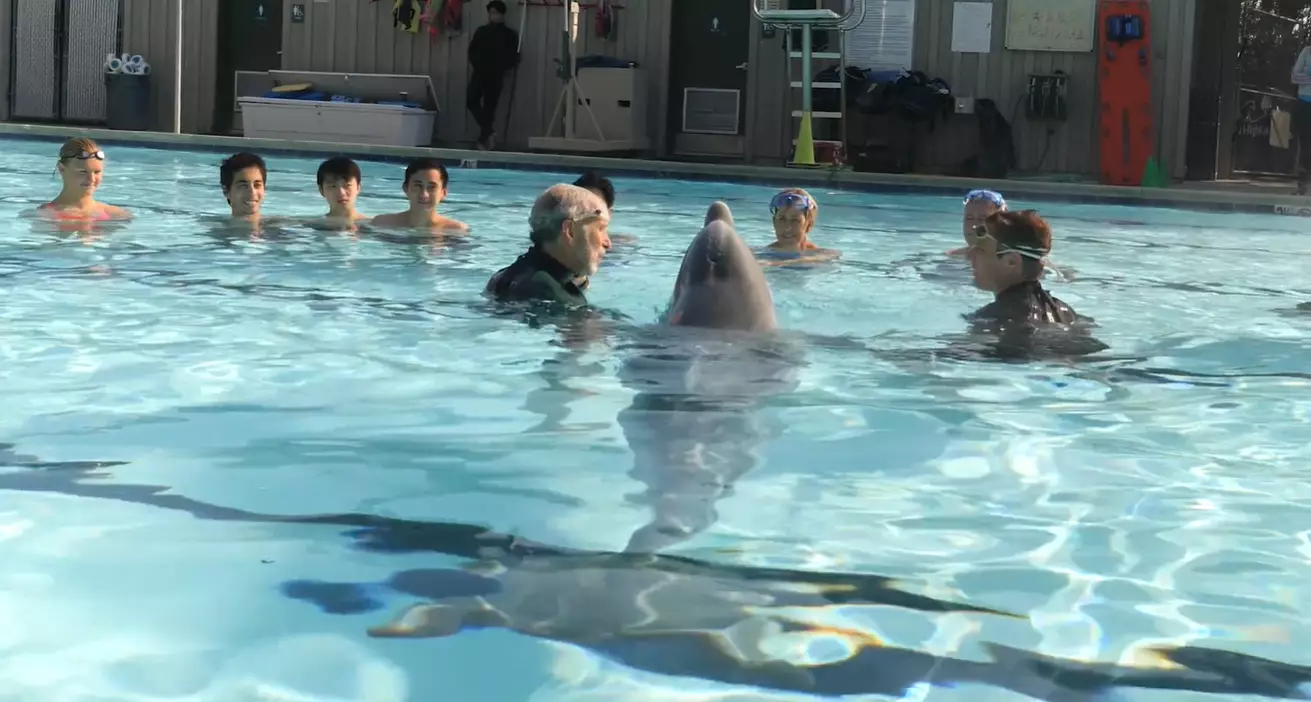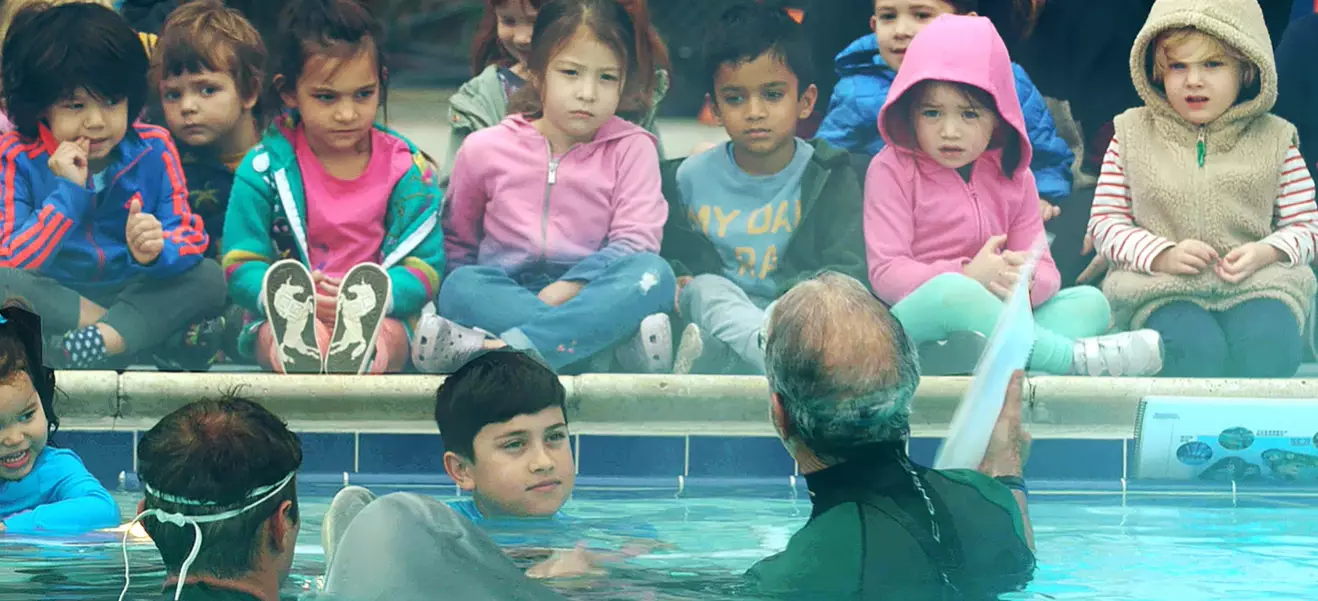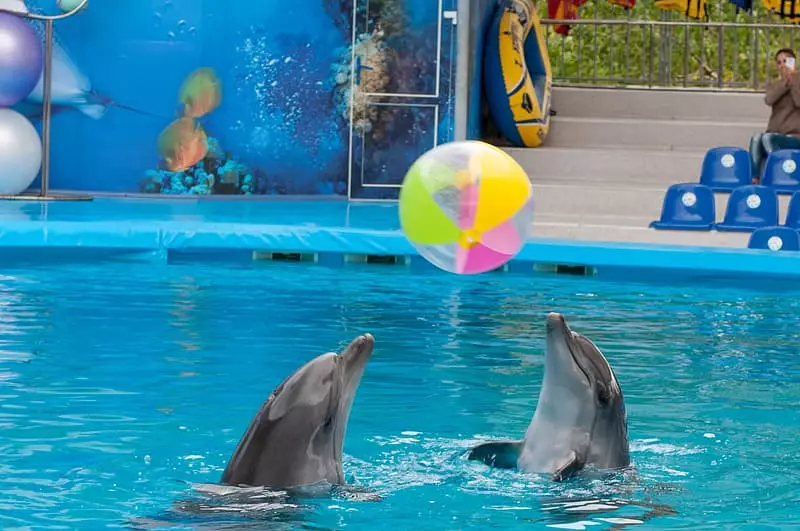
A US engineering company has designed a robotic dolphin that is so lifelike that scientists believe it could replace captive animals at theme parks one day. They can dart around pools, jump through hoops and perform tricks, exactly like the real things.
This is the sort of progression we like to hear about.

The robotic dolphins have even been placed in a pool with a group of swimmers, with one woman saying: "When I first saw the dolphin, I thought it could be real," said a woman who swam with the remote-controlled creature.
Advert
The company behind the dolphin is Edge Innovations - a US engineering company with an animatronic and special effects division in California, who will be selling their masterpiece for between $3 million to $5 million. They also made the aquatic creatures used in Hollywood blockbusters Free Willy, Deep Blue Sea and Anaconda.

"There are like 3,000 dolphins currently in captivity being used to generate several billions of dollars just for dolphin experiences. And so there's obviously an appetite to love and learn about dolphins," said Edge Innovations founder and CEO Walt Conti.
Advert
"And so we want to use that appetite and offer kind of different ways to fall in love with the dolphin."

Animatronics may bring back audiences turned off by parks using live animals, said Conti.
Advert
At Edge's Hayward, California headquarters, its 550-pound (250-kg), 8-and-a-half-foot (2.5-meter) animatronic dolphin with skin made from medical-grade silicone headlined a program for schools in partnership with TeachKind, part of People for the Ethical Treatment of Animals (PETA).

"The idea of this pilot is really to create a kind of "Sesame Street" under water," said Roger Holzberg, creative director for Edge's animatronic program.
"Those characters taught a generation how to feel about different kinds of aspects of humankind in ways that had never been imagined before. And that's what we dream of with this project."
Advert
In fact, the dolphins are so realistic that, thanks to their skin coating, anyone swimming alongside and touching the robot wouldn't be able to tell it wasn't real. Their teeth have been slightly yellowed, too - no detail has been missed!

Edge is currently pitching the robo-dolphin to various Chinese theme parks and and reckons it could sell up to 150 of them over the next three years.
Advert
France was the most recent country to announce it will gradually ban the use of wild animals in travelling circuses as part of sweeping new animal welfare measures, joining more than 20 other European countries who have already made the commitment.
"In terms of a 10-year business operating period and a two million annual visitor capacity, the overall investment and maintenance costs for a decent animatronics entertainment portfolio only accounts for about one quarter or no more than one-third of what a traditional aquarium spends," Edge Innovation's Li Wang told the South China Morning Post.
This is definitely a step in the right direction.
Featured Image Credit: Edge InnovationsTopics: Life News